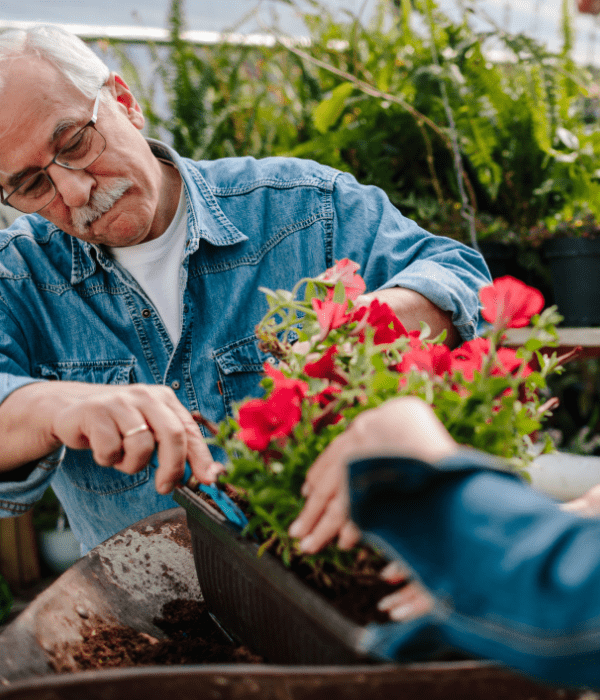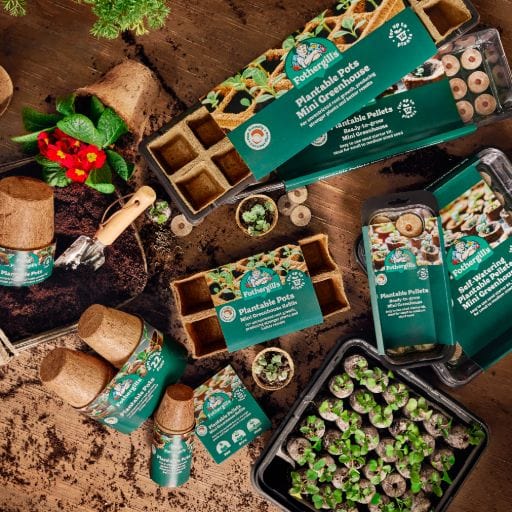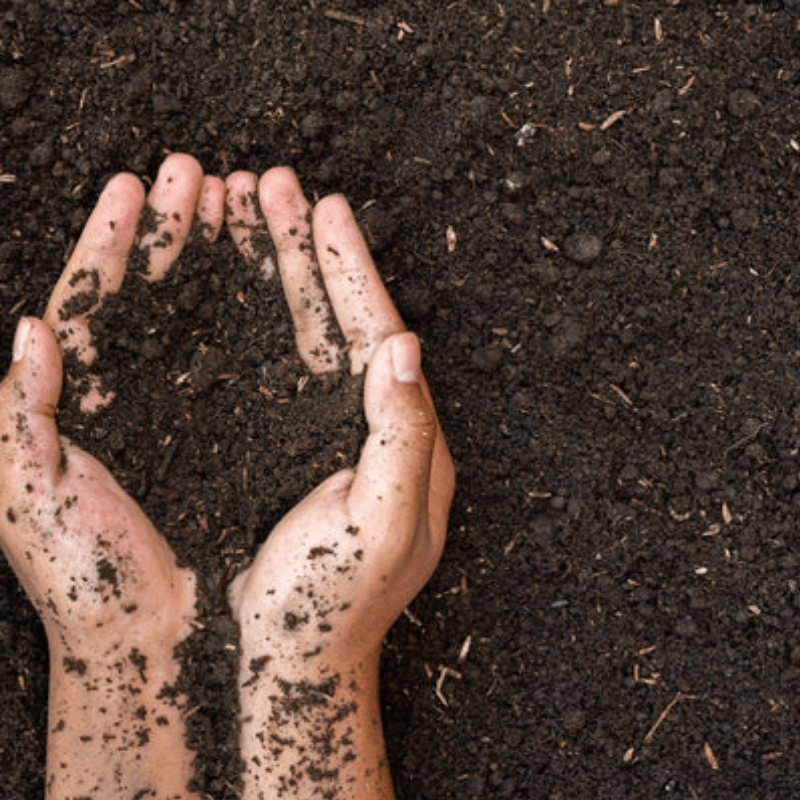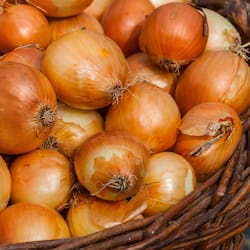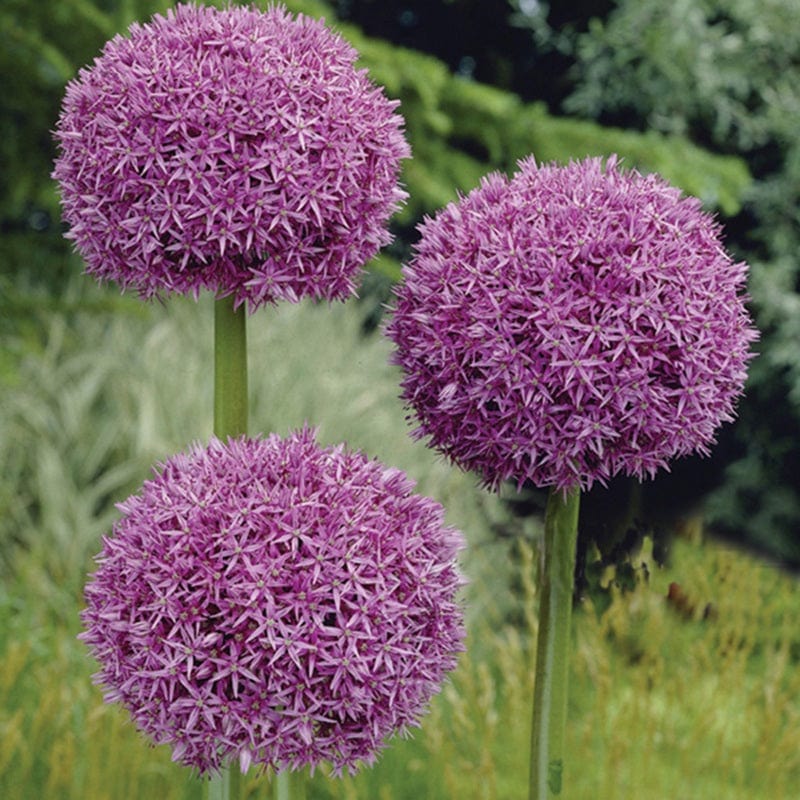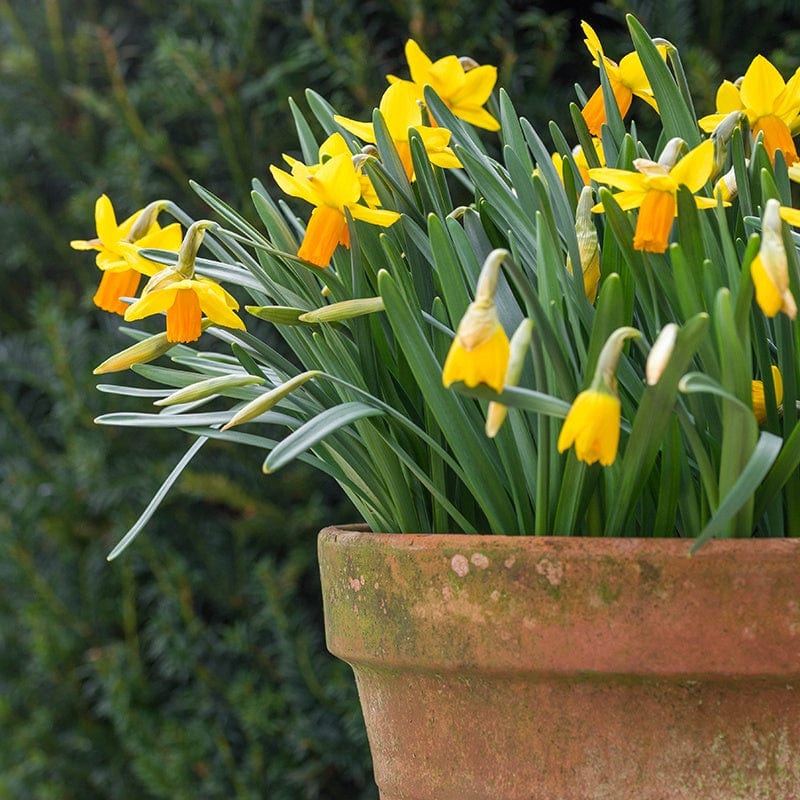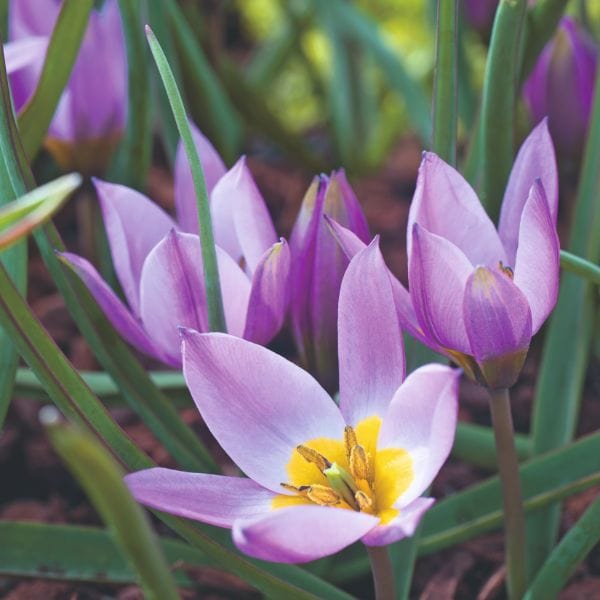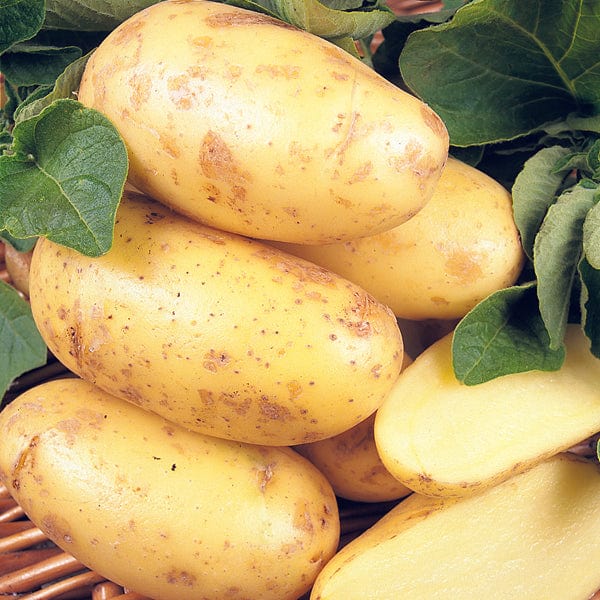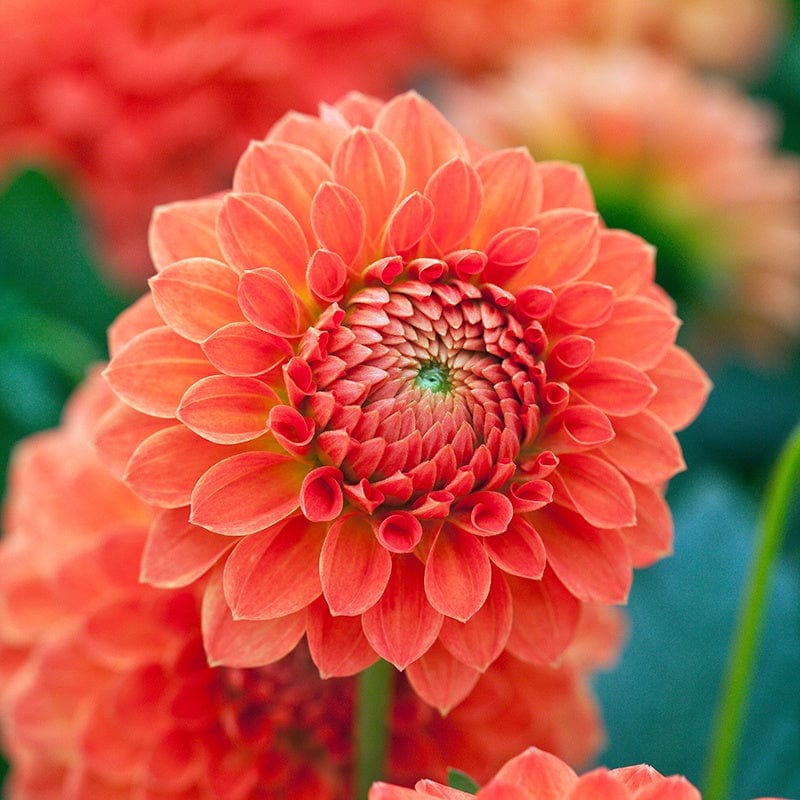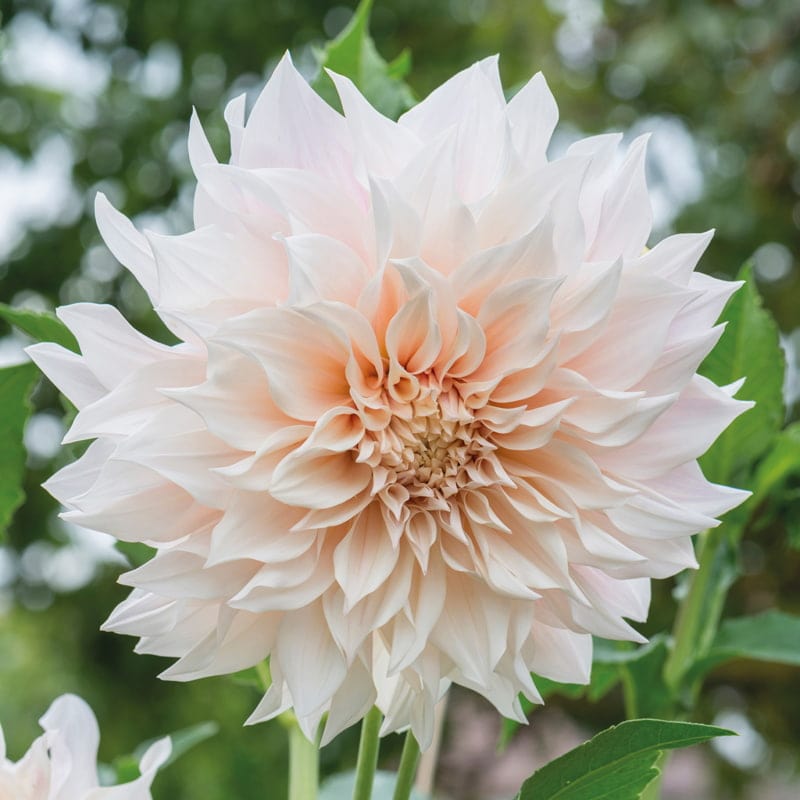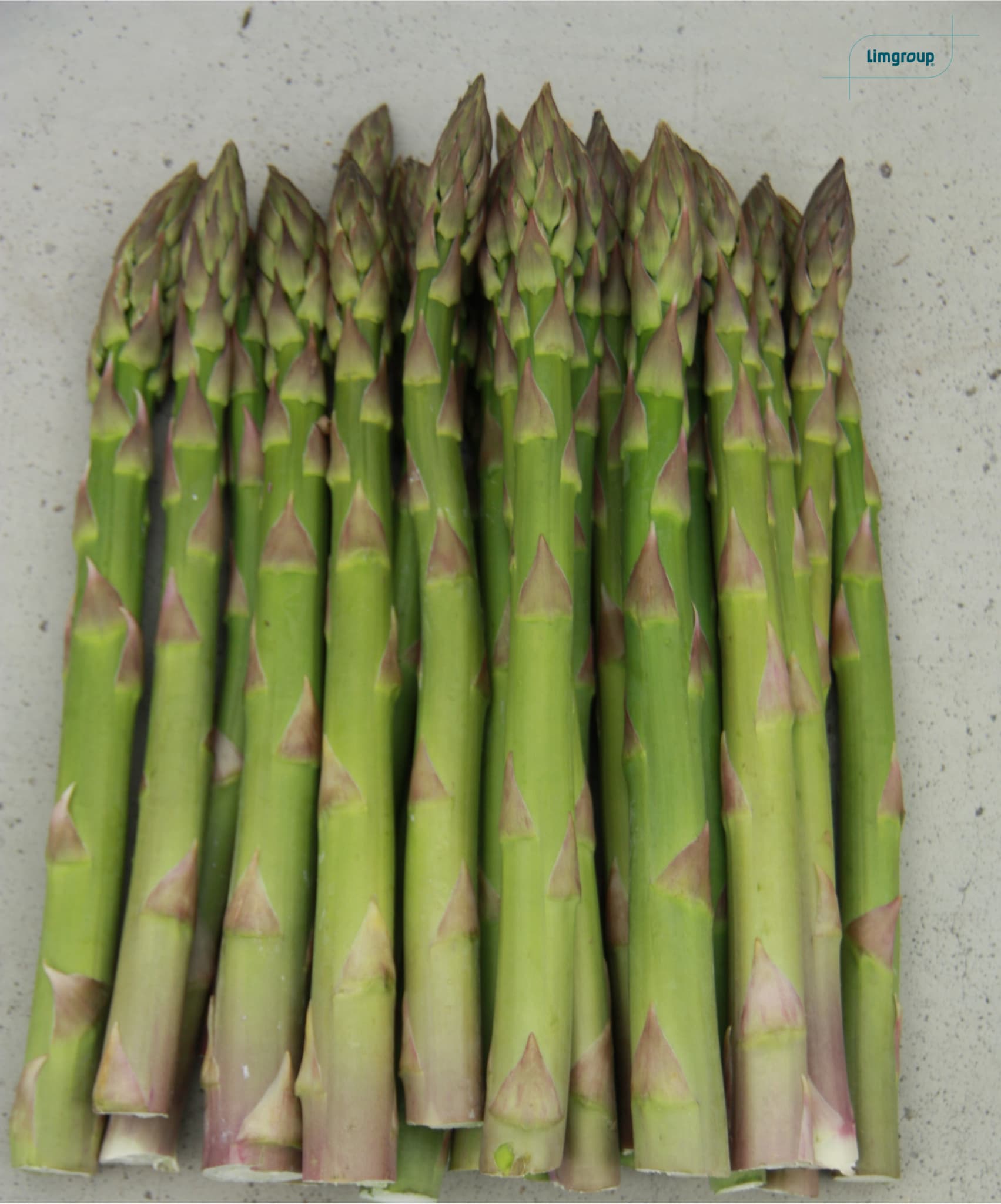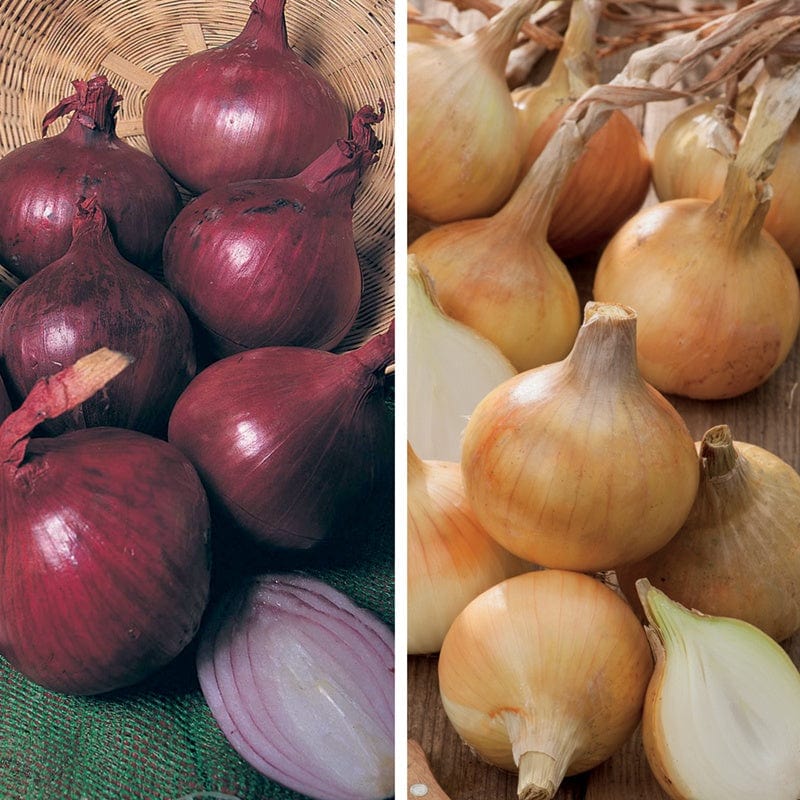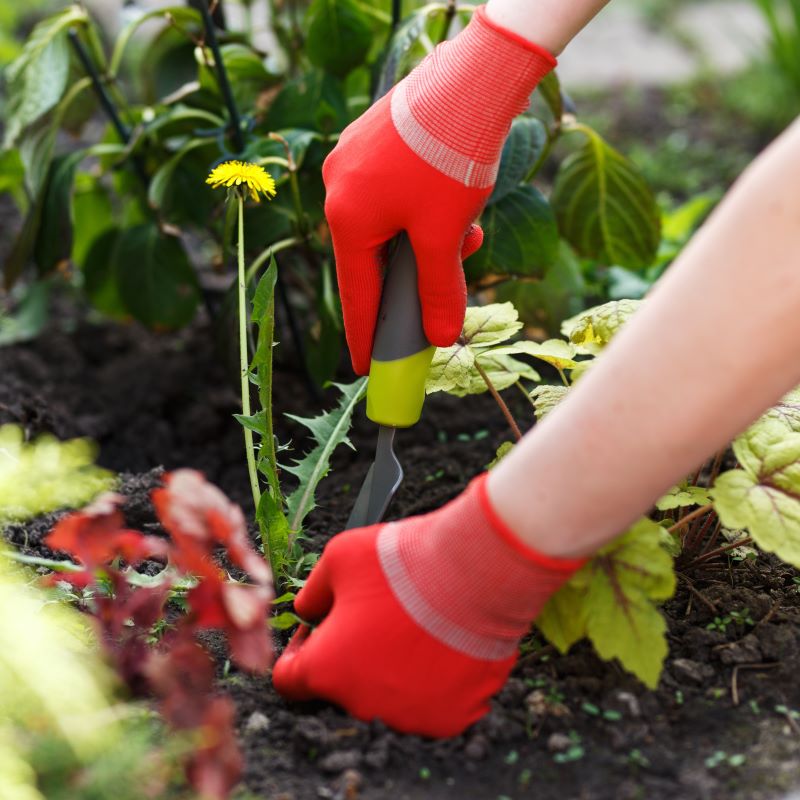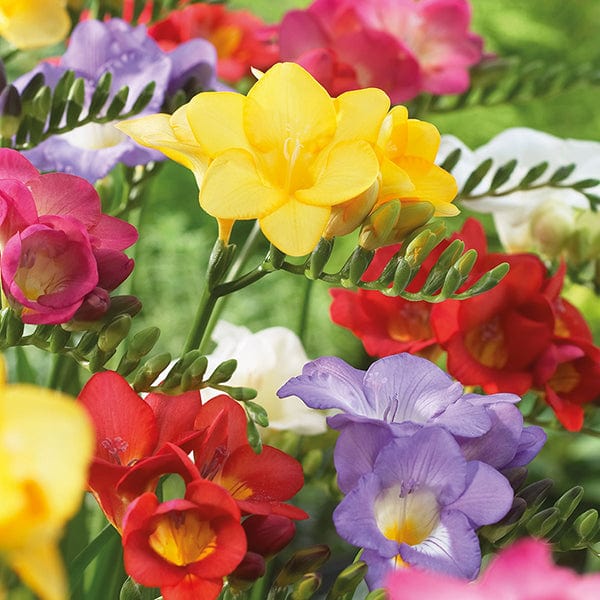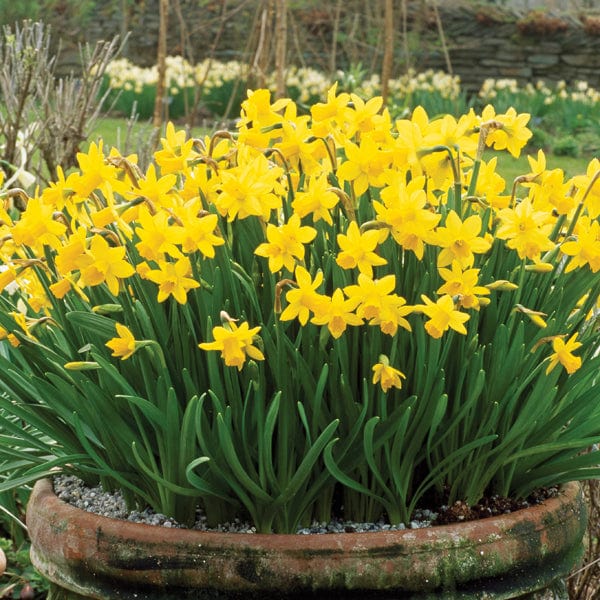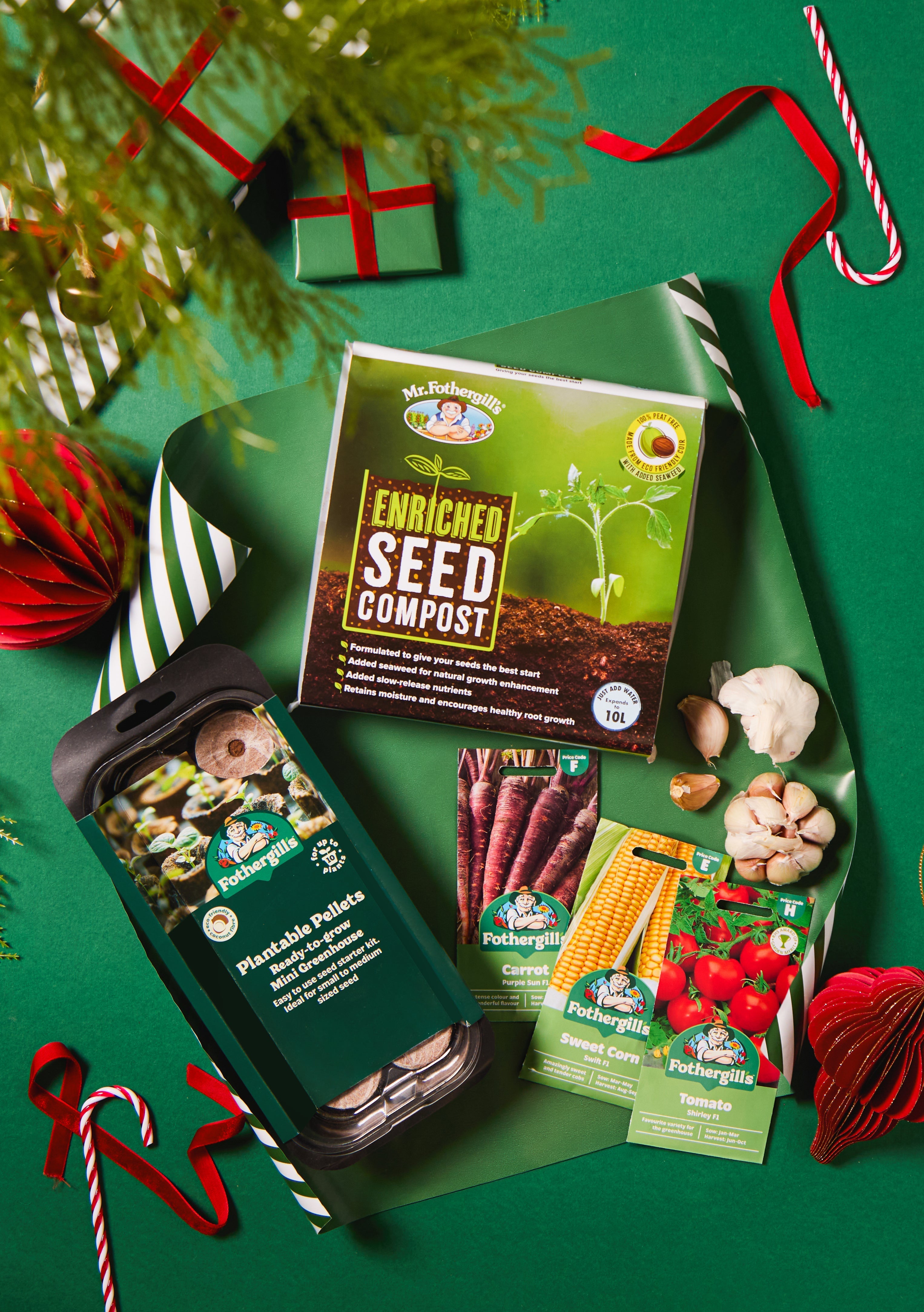April is the time of year when the growing season really starts to take off. Just a couple of weeks after the spring equinox, this month is prime time to take our foot off the brake and dive headlong into sowing and planting. As the days get warmer and longer, you can start to plant your flower bulbs, vegetable plants and fruit seeds outdoors; however, an overnight frost can undo all of your hard work, so proceed with caution and be ready with gardening equipment, such as a fleece or cloche, to cover up your most precious plants if necessary.
The days may feel balmier, but Jack Frost is still waiting in the wings and will take great delight in scuppering your plans. In this guide, we’ll cover what to plant in April so your summer can bloom with flower beds and fruitful veggie patches.
What flowers to plant in April UK
When April arrives in the UK, it is a fantastic time to plant summer-flowering bulbs, hardy perennials, and spring bedding plants to bring vibrant colour to your garden in the months ahead.
Roses
April is a great time to tend to climbing and rambling rose plants as they start to flourish. Tie in the new growth before the stems become hidden by new leaves. There’s still potential for a late frost and high winds, so secure them safely to be rewarded with a display of stunning blooms later in the season. Now is also a good time to buy and plant new roses and give plants a mulch of well-rotted manure, boosting new growth and moisture retention.
Summer Bulbs
With the soil drying out and warming up, plant those newly bought summer bulbs and corms in the ground or in pots. If you’re planting in pots, ensure the compost has plenty of grit so water can drain off easily and avoid rot. It’s also a good idea to place crocks at the pot's base to improve drainage.
If you’re planting bulbs into beds, think about how the final display might look and provide sufficient plant space and a good supply of sunlight. If you haven’t planted bulbs before, the rule of thumb is to plant the bulb at a depth of three times its height. If your soil is heavy, add grit to the base of the hole and then fill with a gritted-compost mixture.
Daffodils
Your yellow and white floral trumpets are probably now past their best. After they’ve bloomed, deadhead them so the energy goes back into the bulbs for next year’s display. Let foliage die back naturally while noting where to plant more daffodil bulbs for the following spring.
Primroses
After flowering, it's time to lift and divide your primrose plants to create more plants for next year's displays. Simply prise the plants apart – don’t worry about damaging primroses; they’re quite tough and resilient. All that's left to do then is to replant where you would like to see them appear next year.
Hanging Baskets
If you ordered plants for your hanging baskets earlier this year, they could now arrive on your doorstep. To help them through those long, hot summer days, get them into their baskets with good compost, slow-release fertiliser, and water retention gel.
Once potted up, keep them in the greenhouse until the last frost has passed, giving a chance for your plug plants to grow on. Place them in a cold frame or outside during the day for a week or two, then in their final hanging positions and create a regular watering regime. Bear in mind they will require extra watering during the summer months.
Sweet Peas
If you have already pinched out your sweet pea seeds, they should be starting to bush up. Towards the end of the month, you should think about planting them out. Use a support so the tendrils have something to latch onto, whether directly into the ground or into a container. Keep an eye on their growth; they will quickly need to be tied in.
Pruning Lavender, Sage and Rosemary
April is a good time to prune these fragrant herb seeds; try to do it on a dry, sunny day. Remove any dead and diseased foliage, but avoid cutting into the woody parts of the plant, as these parts may not grow back. Simply cut back to shape the plants and keep them compact by removing part of last year’s growth.
Staking
With new growth emerging, taller perennial flowers and young trees may need staking. Place stakes at a 45-degree angle away from the root ball to avoid damage. Secure plants gently but firmly, and check ties throughout the season to prevent them from cutting into the stems.
Weed Control
At the first sign of warmth, weeds will make their presence felt. Young, developing plants need all the nutrients they can get, so don’t let them lose out to weeds. This is a great time to remove all weeds from beds. Right now, they're easy to spot and pull out, as many have not had time to put down strong roots yet. Make sure you pull them all out now, along with their roots, and it will be a good while before you need to do another thorough weed control.
What Vegetables to Plant in April UK
April is the perfect time to sow a variety of vegetables, both directly in the ground and under cover.
Seeds to Sow
You can finally think about stepping up your sowing regime. Consider crops such as salad leaf seeds, radish seeds, beetroot seeds, chard seeds, kohl rabi seeds, carrot seeds, and parsnip seeds. If the ground is still too cold, sow under cloches or into seed trays or pots, then keep them somewhere warm with plenty of sunlight, such as a greenhouse or polytunnel.
Any seeds sown back in March may need thinning or repotting. Remember to hold the seedlings by their ‘true leaves,’ not their stems. While a damaged leaf won’t hamper the plant’s growth, a damaged stem will leave the young plant helpless.
If your ground is prepped and ready, consider sowing pea seeds, leek seeds, broad bean seeds or cabbage seeds.Remember to sow little and often; otherwise, you could end up with a glut in a few months.
Towards the end of the month, try sowing members of the cucurbit family. Pumpkin seeds, squash seeds, marrow seeds, cucumber seeds and courgette seeds can all be planted indoors. You can also sow runner bean seeds and sweetcorn seeds.
Potatoes
April is your last month to finish planting the last of your chitted tubers; keep horticultural fleece handy to protect young shoots from unexpected frosts. With one eye on the weather report, you may have to cover exposed foliage if there’s any sign of frost.
If your potato seeds have seen substantial growth, consider earthing them up. This will protect the plant and encourage it to produce more potatoes, stop them from turning a poisonous green, and even prevent blight.
Herbs
If space is limited, herbs such as basil seeds, parsley seeds, and thyme thrive in pots. Use a well-draining compost mix and place them in a sunny spot. Mediterranean herbs like rosemary and oregano prefer drier conditions, so avoid overwatering.
Fruit Trees and Soft Fruits
With fruit plants, trees and bushes coming into blossom, keep an eye out for aphids. A warming climate will encourage hungry pests, so rid your plants either through pest control methods or diluted soapy water. Failing that, a pair of hands can do the job equally well.
Keep an eye out for the eggs and pests themselves, as the damage can be devastating to your crop once hatched. Net your fruit plants if possible to reduce pests such as aphids and deter hungry birds from eating everything.
Top Tips for A Successful April Growing Season
Setting Up Structures
If you’re growing beans and peas, think about setting up your runner bean poles. Peas will also need a support structure, such as netting poles or twiggy hazel sticks. Prep the beds first, and then get your structures ready.
Managing Pests
With the warmer weather, slugs and snails will start appearing. Use beer traps, copper tape, or natural predators like hedgehogs and birds to keep them under control. Alternatively, patrol your garden early in the morning, at dusk, or just after rainfall, remove them by hand, and set them free to live their lives somewhere well away from your garden.
Hardening Off Young Plants
This is a much-overlooked yet crucial part of gardening at this time of year. Successful gardeners will take their time and not rush the gradual acclimatisation of young plants to their new (outdoor) growing conditions and temperatures.
If you’ve been growing seedlings indoors, start hardening them off by placing them outside for a few hours each day. Gradually increase their outdoor time before planting them out fully. If you don’t have a cold frame or grow house in which to put them, just place your plants outside on a bright day for a few hours, then bring them in before the temperature drops in the evening or the weather takes a turn for the worse.
Avoid putting them outside when there is an unexpected cold snap. They will grow quickly and vigorously without any check on their growth, potentially setting them back for many weeks.
Indoor Plants
As daylight hours increase, indoor plants dry out faster and may need more frequent watering. Begin a light feeding routine with a diluted liquid fertiliser to support their spring growth. Larger plants, in particular, will benefit from extra nutrients at this time of year.
Shop April Gardening Essentials at Fothergill’s
Be prepared for a successful gardening season with Fothergill’s high-quality seeds, tools, and equipment. Whether you’re growing flower seeds, vegetable seeds, or herbs, having the right supplies will make your work easier and more rewarding.
Shop now and get your garden flourishing this spring!






